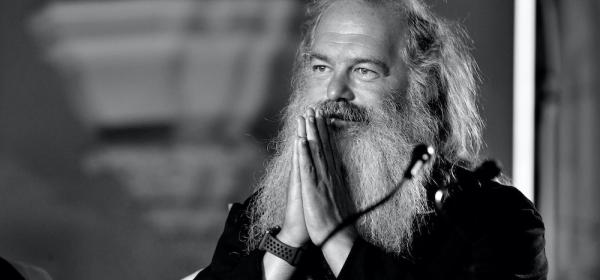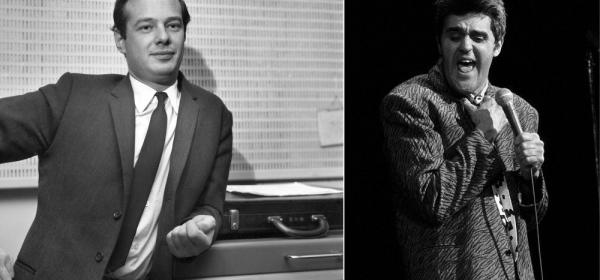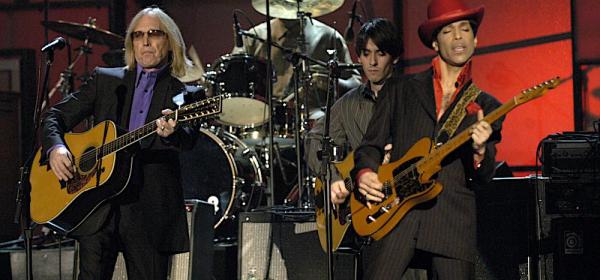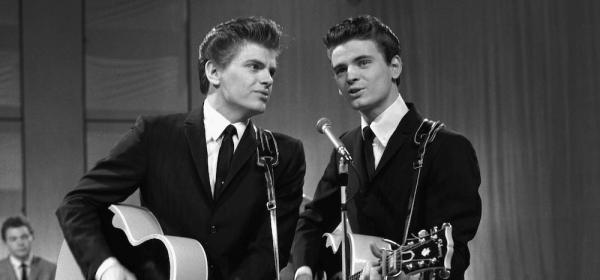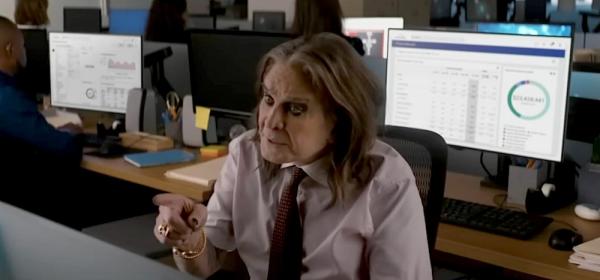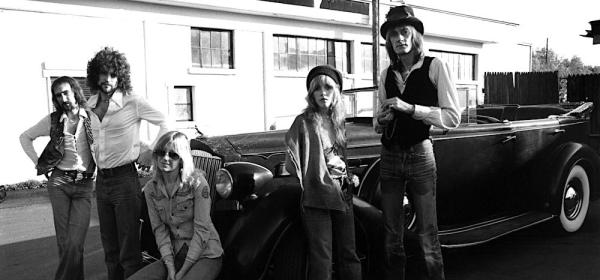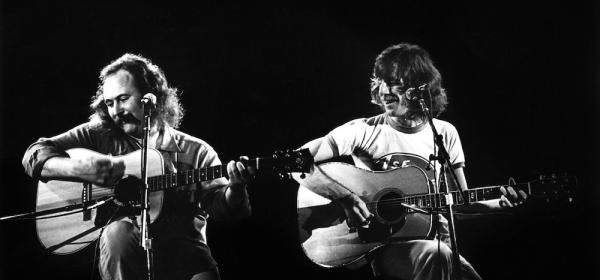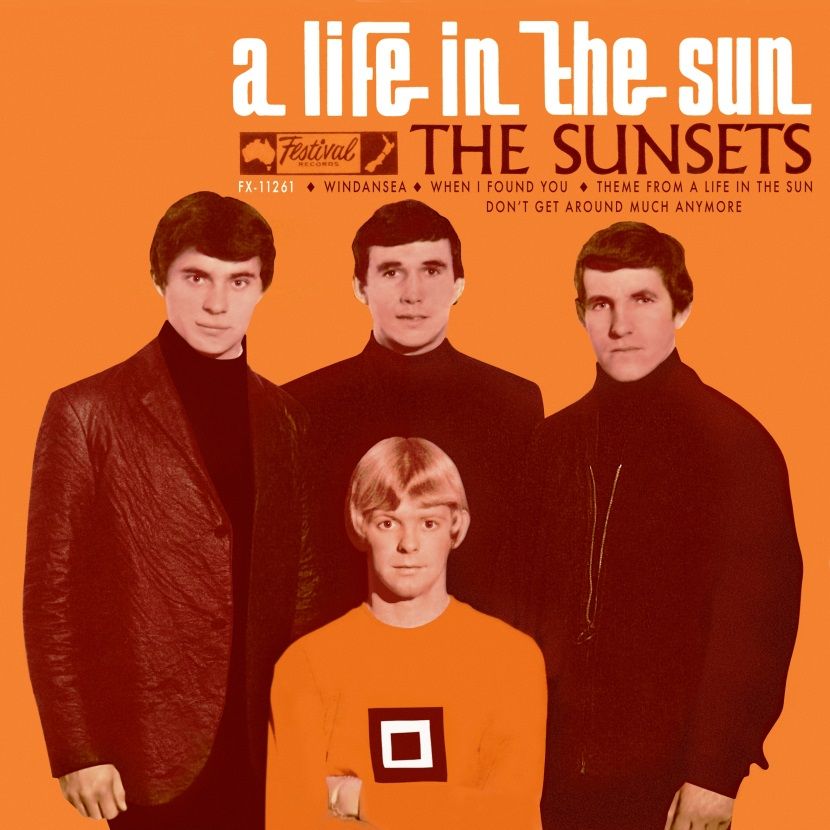
Out now on the revived Festival Records label, A Life In the Sun : Australian Surfing Film Soundtrack Music of the ‘60s & ‘70s is a superb 2CD set. Curated and annotated by Australia’s internationally recognised vintage surf music and culture expert Stephen J. McParland (author of classic Australian and Californian surf books like Waltzing the Plank, The California Sound and In the Studio with Brian Wilson & The Beach Boys), the collection is a celebration of a hugely significant era in Australian film and music as well as our culture generally.
The collection takes its name from the classic 1966 surfing film by Paul Witzig ‘A Life in the Sun’ which is itself celebrating its 50th anniversary this year. It includes, amidst its 49 tracks, material drawn from that film, and from others spanning a dozen years – films that were made and screened by what was a burgeoning and enterprising DIY surf culture at the time. These films were seen by millions of young people back in the day, and they would help surfing attain the massive presence that it does in Australian culture today.
In chronological order, the featured films are: SURFING ROUNDABOUT (1965), THE SURFING YEARS (1966), A LIFE IN THE SUN (1966), THE HOT GENERATION (1967), RIDE A WHITE HORSE (1968), THE WAY WE LIKE IT (1968), EVOLUTION (1969), OVER UNDER SIDEWAYS DOWN (1970), SEA OF JOY (1971), GETTING BACK TO NOTHING (1971), MORNING OF THE EARTH (1972), CRYSTAL VOYAGER (1973), DROUYN (1974), ROLLING HOME (1974) and HIGHWAY ONE (1977).
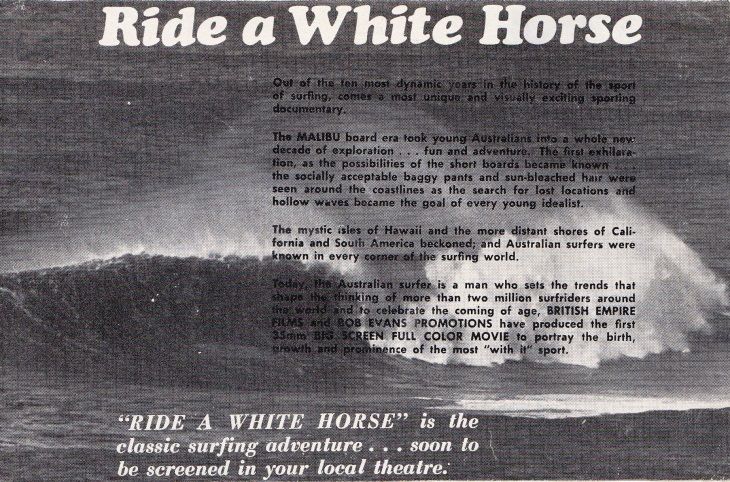
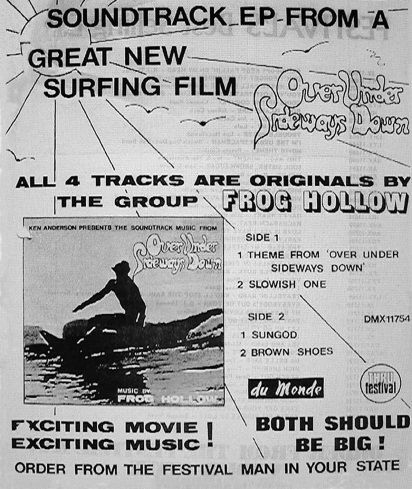
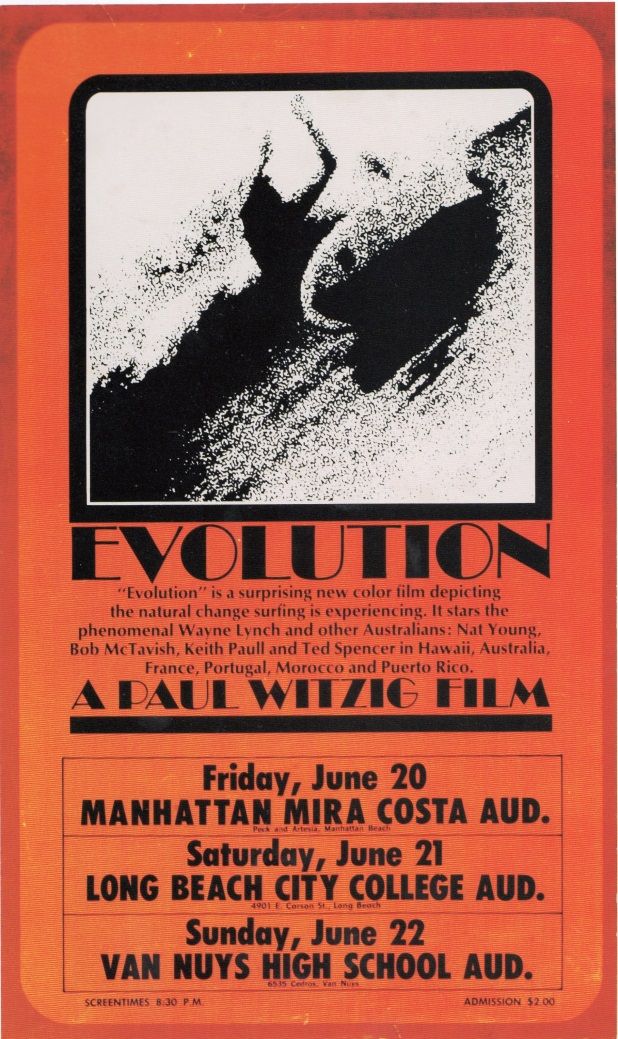
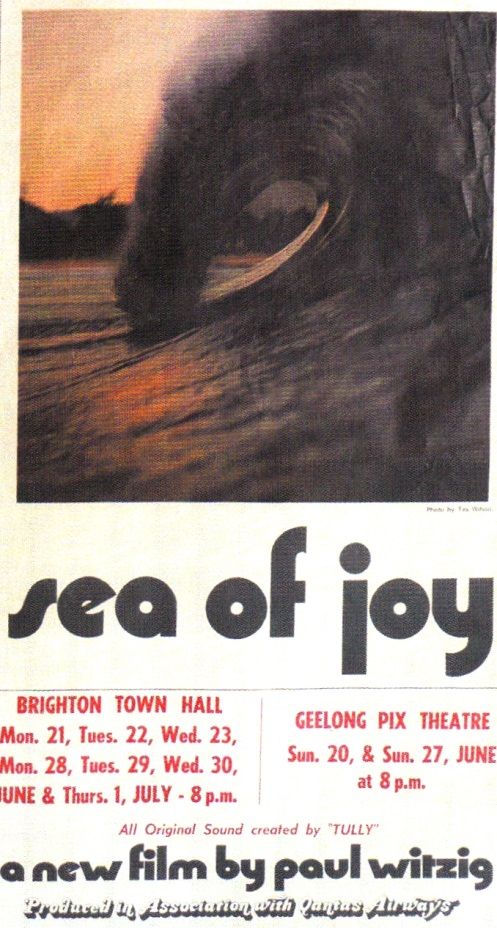
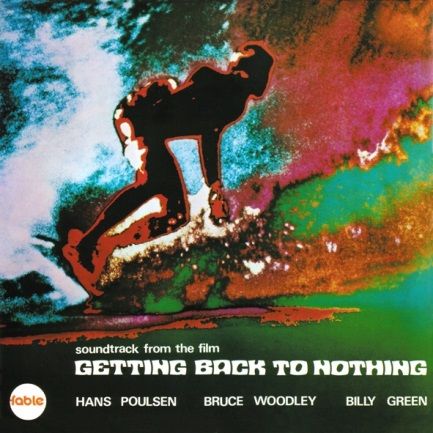
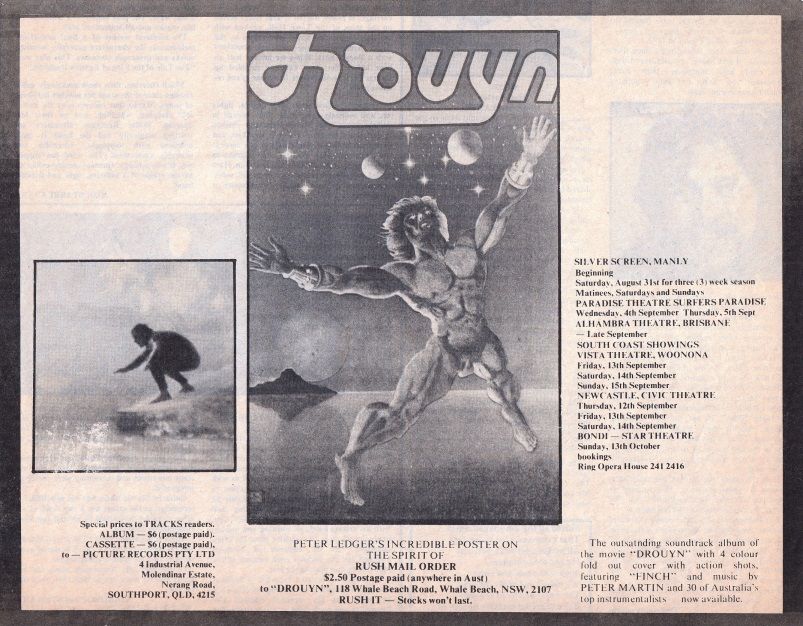
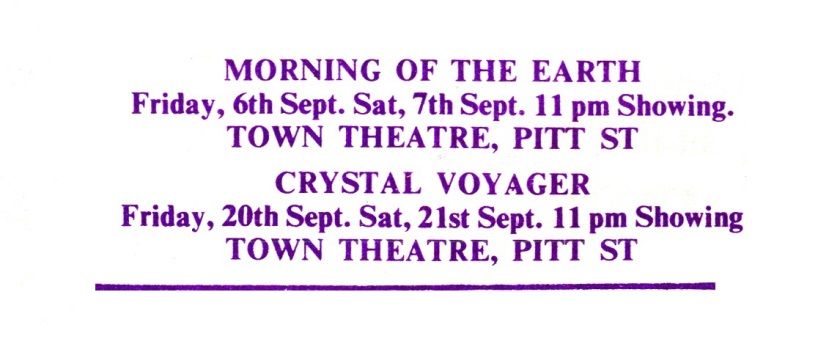
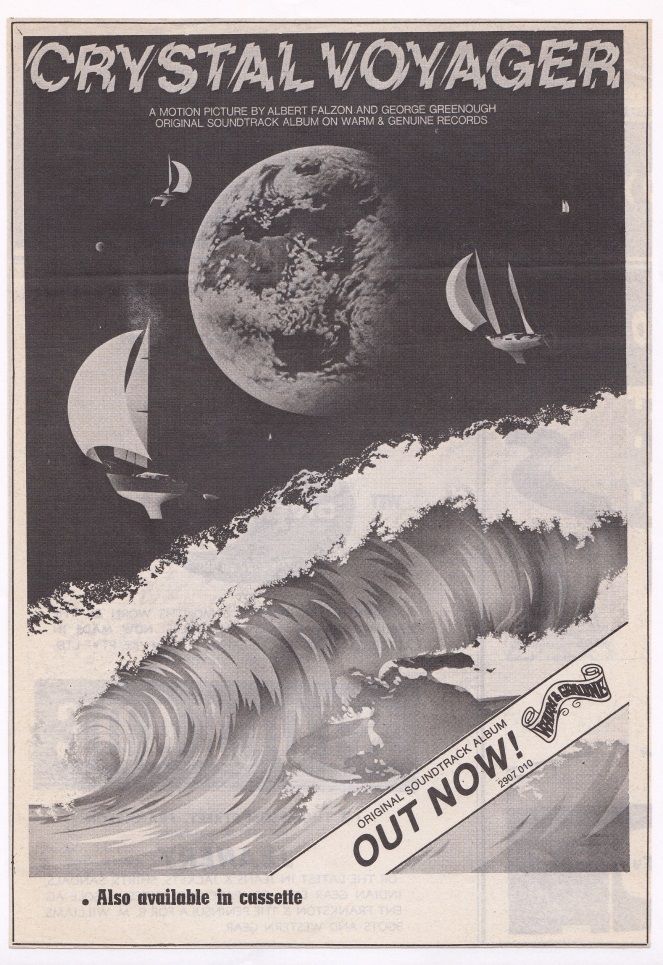
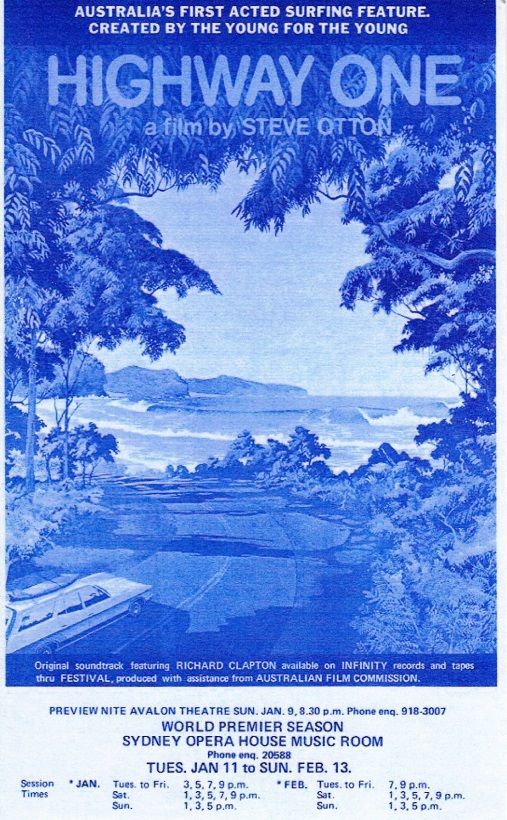
A Life In The Sun contains the best and some of the rarest material from these films – some unheard since the films themselves were screened – by TAMAM SHUD (including 3 tracks never before released), THE SUNSETS (including the first time on cd for the recently discovered extended soundtrack versions of their four greatest tracks), TULLY, RICHARD CLAPTON, SVEN LIBAEK, G. WAYNE THOMAS, PYTHON LEE JACKSON (6 tracks never before released!), HANS POULSEN, BILLY GREEN (with MIKE BRADY doing his best Doug Parkinson on vocals), FINCH, PETER MARTIN (including two wonderful tracks with FINCH’S OWEN ORFORD on vocals), FROG HOLLOW, DOLPHIN RODEO and more.
Also featuring a 28 page booklet with McParland’s illuminating notes and some great eye candy, A Life In The Sun – Australian Surfing Film Soundtrack Music of the ‘60s & ‘70s is a slice of history, a great way to kick off summer, and most importantly, a great listen.
For the first in a series of features relating to A Life In The Sun, ILYOS caught up with the album’s compiler Stephen J. McParland to get the lowdown…
Q – Hi Stephen, Congratulations on the A Life In The Sun compilation. This however is not your first work revolving around Australian surf – you’ve previously written and published Waltzing the Plank. Please tell us a bit about that, and, going back, how you got interested in all this in the first place? You surfed yourself yeah?
My interest in all things SURFING probably began at a very early age. Although I’ve lived in Concord, New South Wales more or less all my life, much of my early childhood was spent in Wollongong because that was my mother’s hometown, and so we spent a lot of time there ….. Her father, my grandfather Sep Jones, was one of the founding members of the North Wollongong Surf Life Savings Club. I still have his Gold Medallion. I was never a part of the Surf Life Saving Club movement. My cousins, however, were.
My fascination with surfing was spurred on by hearing The Delltones singing Hangin’ Five on Brian Henderson’s Bandstand. I figured that if it was worth singing about, then it was worth “getting wet.”
I learned to surf at Maroubra Beach, a Sydney Eastern Suburb. In those days you could rent a Malibu and “do it yourself”. This I did until I manage to score an old 9’6” from a friend of my father.I used this for sometime and eventually cut a couple of feet off it. I got my first NEW surfboard – a Dale 8’ 3” - for one of my birthdays. This I eventually broke in half at Cronulla Point after I drifted from Maroubra to Cronulla on Sydney’s Southside.
I stayed at Cronulla, surfing “the Point” for years until I eventually moved to the Northside; first Queenscliff, then Tourmaline Street, Narrabeen to eventually North Avalon, a journey that unfolded from the late ‘60s onwards.
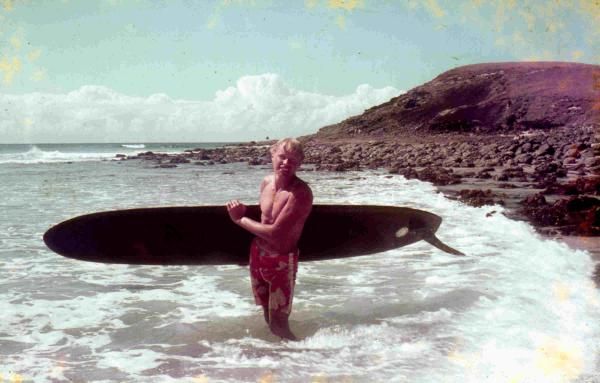
Stephen at Crescent Head 1968
After I broke my Dale in half, I started making my own surfboards, eventually establishing a surfboard making business – QUINTESSENCE SURFBOARDS - at Cabarita during the early to mid ‘70s.
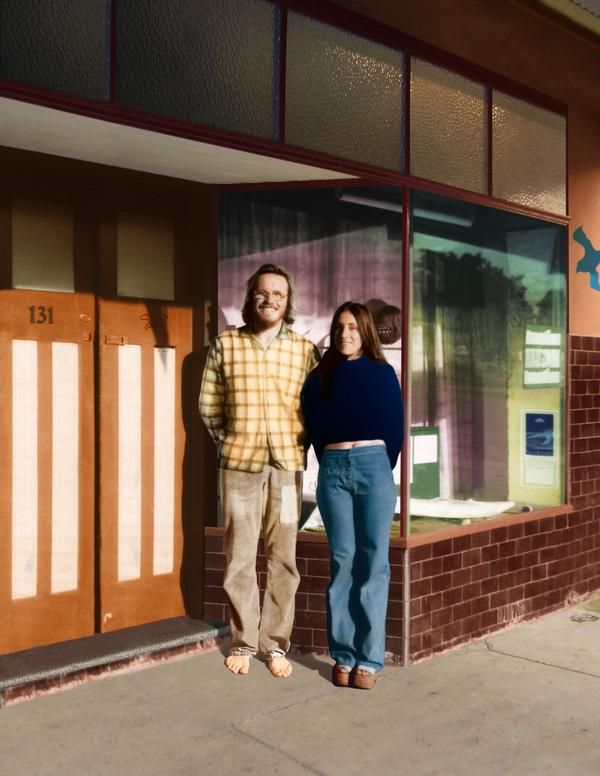
Quintessance Surfboards, Cabarita. Stephen & Margaret, early 70s.
After this I started making Super-8 surfing films, eventually progressing to documenting the music revolving around surfing. Nothing significant. I did however invest in a waterproof camera housing so I could shoot up close from the water. Got lots of footage from Cronulla Point, some of which was used in the film prepared for the SURF CITY exhibition held in Sydney (at the Sydney Museum) a few years ago. I also compiled some footage for the film (DVD) STAY WET that was included with WALTZING THE PLANK 2004-2009.There are trailers and some of the shorter films up on youtube under my name. Might even be some on myspace.
I also started my own magazine CALIFORNIA MUSIC which initially dealt with American surf music and it was as a result of contacts that I made running the magazine that I started authoring books.

In 1978 I started documenting Australian Surf Music; the end result of which was the publication of WALTZING THE PLANK: THE ILLUSTRATED ENCYCLOPEDIA OF AUSTRALIAN SURF MUSIC 1963-2003 which was launched in 2004 with many of those featured in the book in attendance. Following the publication of the 1963-2003 tome, I decided to continue documenting Australian music that had a connection to surfing, publishing a book every 5 years. The first of these covered the 2004-2008 period and the next the 2009-2013. These additional books documented all the material I was able to unearth that was released/published during the respective period, plus anything I found I had left out of the previous book (including additional information on featured entries). I decided to keep the page numbering of the books consecutive so that they ended up as one book more or less.
I called a halt to the project in 2013 as a result of financial considerations. I received very little, if any, help from any organisations including record companies, surfing magazines and interesting, the individuals who I was documenting!
Nonetheless, the end product documents 50 years of Australian music revolving around surfing.
Q - So how does the soundtrack material sit with surf music in general in Australia? I’m guessing that by the late ‘60s the films were the driving factor in so called surf music?
Very little of Australian surfing cinema employed SURF MUSIC; “surf” music being my definition describing the pop music strain represented locally by artists such as The Atlantics, Little Pattie, The Delltones, The Joy Boys, The Devermen and internationally by the Beach Boys, Jan & Dean, The Surfaris, The Chantays, etc.
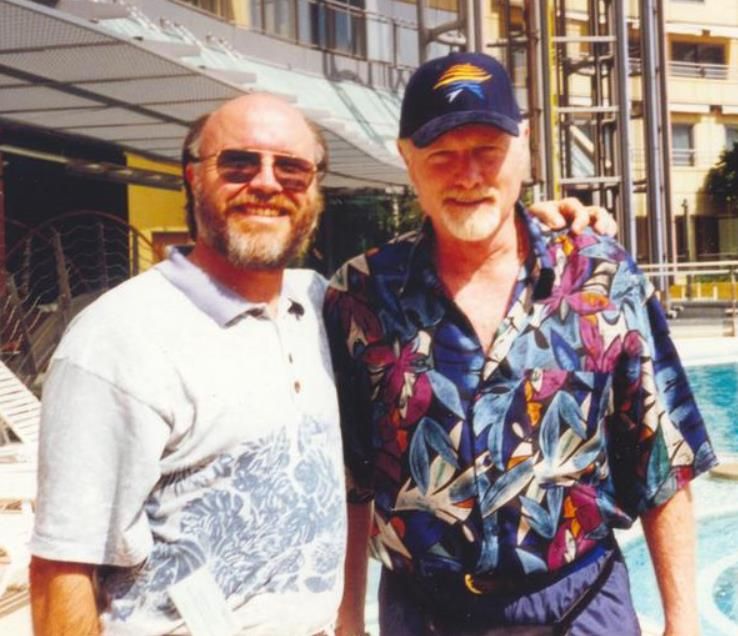
Stephen and Mike Love, December 15, 1998
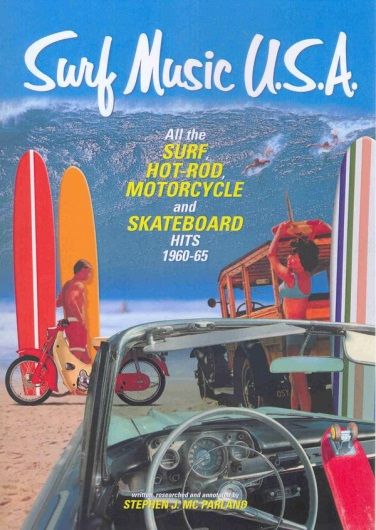
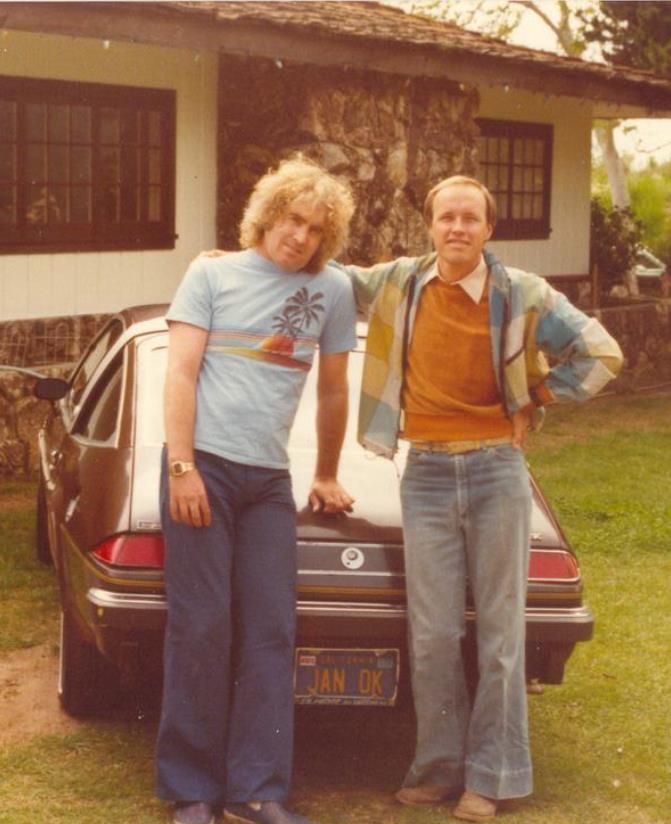
Stephen and the late Jan Berry (of Jan & Dean), Bel Air, CA, April 1981.
With the arrival of the Beatles in early 1964, surf music became passé (although there still were some significant Australian Surf Music hits during Beatlemania) and as music changed, so too did surf music, more or less metamorphosing as surfing music represented largely in Australia by The Sunsets from Newcastle who subsequently evolved into Tamam Shud. Both “groups” became synonymous with the new form of surfing music, their product being featured in numerous Australian surfing films beginning with A LIFE IN THE SUN in 1966 through to MORNING OF THE EARTH in the early ‘70s.
Although the group’s sound was “surfing music” it was never described as such because of the passé nature of the term – identified largely with the pop phenomenon of Surf Music which, coupled with the STOMP dance craze, was the single most “fad” thing since rock and roll itself burst on the Australian music scene in the mid to late ‘50s. At one point in late 1963, 8 of the Top 10 records on the Sydney charts were SURF MUSIC releases!
The sound of the Sunsets and Tamam Shud was PROGRESSIVE, fitting perfectly with the temper of the times.
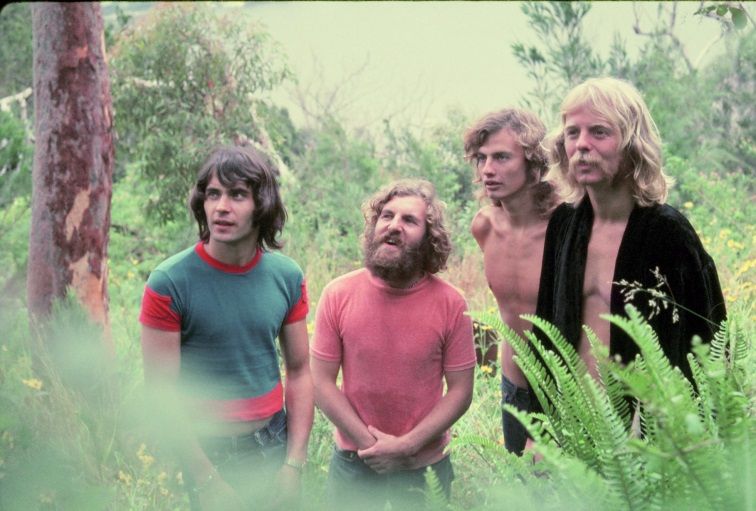
Tamam Shud
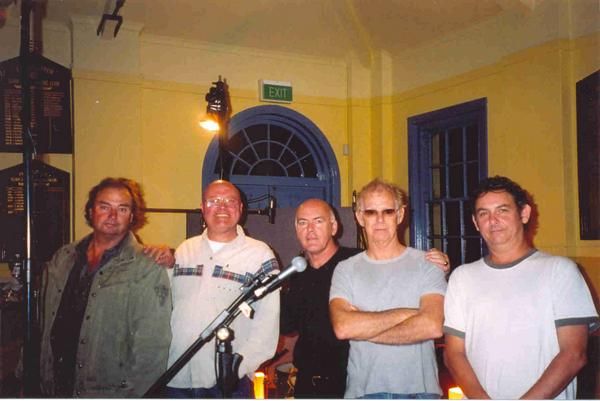
Stephen & Taman Shud, 2006
Q – Do you personally have a preference yourself for the earlier instrumental stuff or the later more electric and louder stuff? Or the more introspective singer-songwriter stuff that followed that?
My tastes are very eclectic, although I guess my real passion remains with the grass roots surf music circa 1961-63 which sprang to life in the South Bay area of Los Angeles. Primarily instrumental, the vocal concept was introduced by the Beach Boys and although it was highly successful, that particular vocal style was not subsequently developed in Australia. Instead, we came up with a sort of hybrid, more laconic in nature and peculiarly Australian, just like the instrumental sound that although initially based on the Shadows from England, was interpreted differently; The Atlantics’ sound being perhaps the greatest example of this.
I absolutely fell in love with The Sunsets and then Tamam Shud because they were one of “us” and their sound reflected what I felt surfing …
In compiling the WALTZING THE PLANK books, I was able to document the emergence of the singer/songwriter/roots style of surf music which essentially was born, in my opinion, with the release of MORNING OF THE EARTH. It was the nature and ideals found in that film which for me gave birth to the “roots” movement in surfing initially epitomised by Jack Johnson, Donavon Frankenreiter etc and of course adopted by a plethora of Australia artists from Angus & Julia Stone, The Beautiful Girls, Pete Murray, etc, etc …
Q – Was there an overseas equivalent of the likes of Tamam Shud in regards to bands doing a lot of surf soundtrack material?
Not really. There were individuals such as the Dragon brothers – Doug, Dennis and Daryl (the Captain of The Captain & Tennille) who provided lots of material for American surfing films beginning in the early sixties through to the ‘70s. Likewise, Rick Henn (drummer and lead singer of The Sunrays of I Live For The Sun fame) was a frequent contributor. Like the Dragons, he too was a surfer. He was also married to their sister!
Q – What are your favourite films/bands/tracks from the era covered by A Life in the Sun?
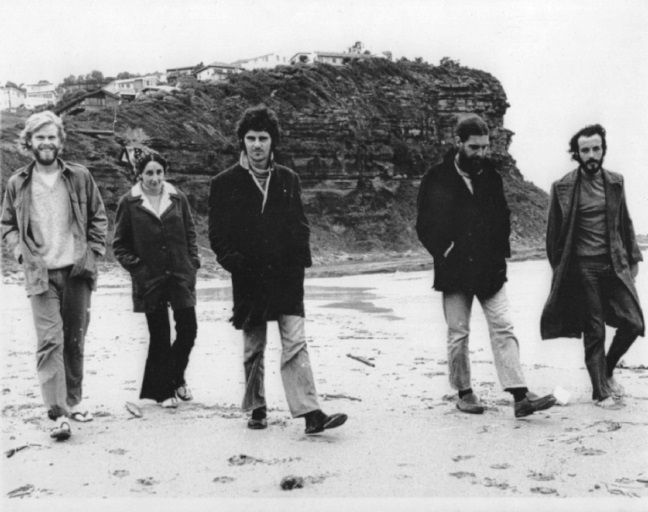
Tully
My “most” favourite is SEA OF JOY. It worked for me and captured the essence, musically and visually of what I feel it is all about. I still remember Richard Lockwood of Tully collecting the tickets at the Mandalla Theatre at Paddington dressed all in white robes!!! The Sunsets’ contributions to THE HOT GENERATION are inspired, as are the Shuds’ SOUNDTRACK recordings from EVOLUTION. The soundtrack recordings, as opposed to the studio “album” versions, are much more intense, exciting and there is a whole lot more going on. Richard Clapton’s tunes for HIGHWAY ONE – the only film on the collection that I can not remember seeing – are classics, capturing a sound and style that just conjures up what you would expect to find in a surfing film. I have seen a clip of Capricorn Dancer on youtube which appears to be from the film. A little hokey perhaps, but what is wrong with that!
Q – Highway One is from 1977 and the last film to be represented on A Life in the Sun. What happened after that point, filmwise and musically. I know by say the ‘90s, a lot of younger surfers were listening to higher energy music – punk and the like.
After HIGHWAY ONE, many filmmakers began using Top 40 and popular pub-styled tunes as soundtrack fodder, and fodder it was. More recently, independent film makers have been using music more in tune with their ideals, some of which has been, once again, specially written for the films. Sadly the ‘80s and much of the ‘90s, in my humble opinion, was largely a lost period for Australian surfing film soundtracks.
Q – Please tell us about your Californian Music publishing ‘empire’. How long have you been doing it? is there an international market for the Australian stuff, and are you able to reach the international market that no doubt exists for your books on the likes of Gary Usher and Brian Wilson? Have you had much access to many of the Californian music makers that you’ve written about?
My music publishing “empire” began as an off-shoot of my California Music Magazine. Through that I was able to make contact with people, one of whom was Gary Usher, Brian Wilson’s first co-writer and a legend in the California Music genre, writing, recording, producing and releasing more albums and singles in the surf music and hot-rod music field that anyone else, circle 1962-66. He then went on to produce the three most renowned albums by The Byrds as a staff producer at Columbia Records (after a period as a staff producer with Decca Records West Coast) before joining RCA as vice president and also a trouble-shooter producer for Elektra.
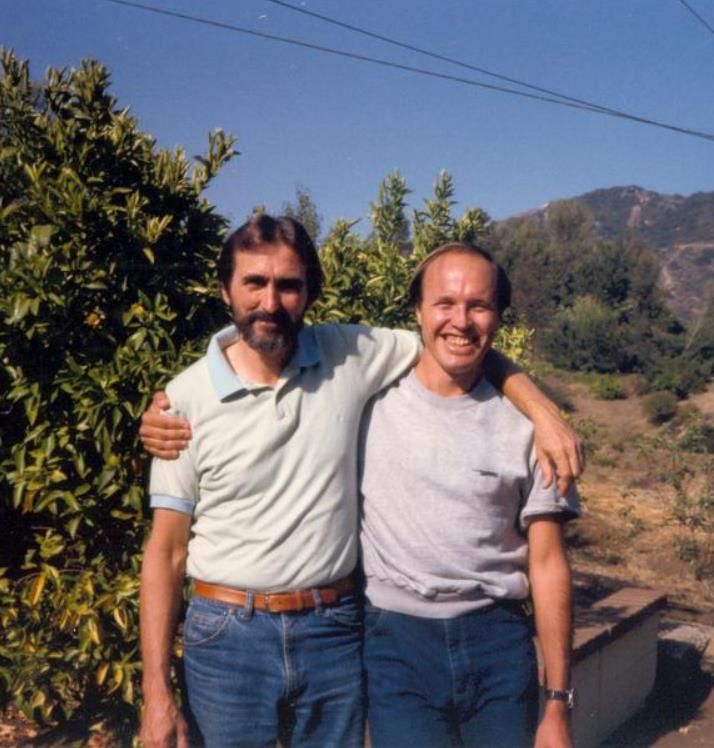
Stephen and Gary Usher, Calabasas, 1981.
I spent ten great years with Usher documenting his musical career, the end result being initially a 5 volume set titled THE CALIFORNIA SOUND – An Insider’s Story which eventually was released in hardcover as a collector’s edition with DVD and CD.
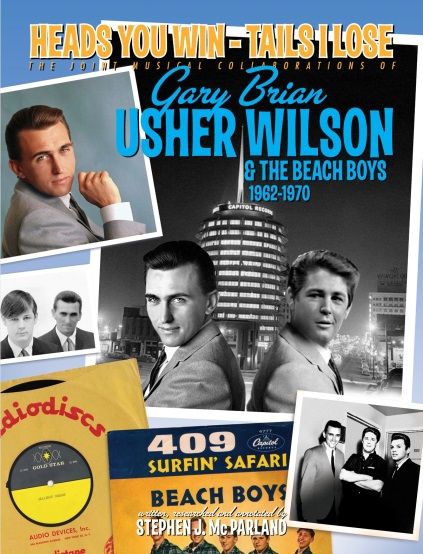
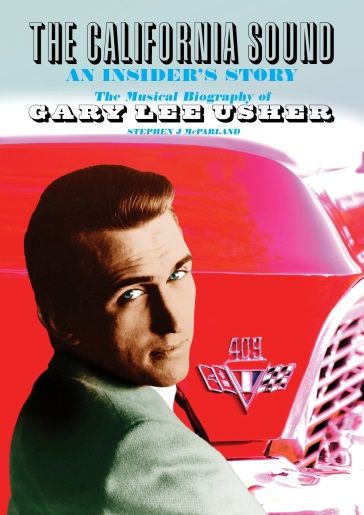
It was as a result of my contact and friendship with Usher that my contacts in the Los Angeles music scene increased exponentially with one contact leading to another, etc. etc. It was most definitely my friendship with Usher that “opened the door.”
It was while working on Usher’s bio that he was approached to help Brian Wilson get back into music. Wilson at the time was under the full control (spell) of Dr. Eugene Landy and my subsequent book THE WILSON PROJECT documents the two year period of trials and tribulations that Usher faced while dealing with both Landy and Wilson. My book was based on a set of audio tapes that Usher painstakingly kept after each set of dealings with Landy and Wilson. The reason he kept the tapes was “insurance” as he was well aware of the craziness surrounding the Landy-Wilson union. It was also a result of my hours of interviews with Usher as he remembered his career. At the time of my initial meeting with Usher, he was retired from the music industry, but was subsequently drawn back into it. He said that if he ever did embark on a new career, he would keep a diary of everything. This he actually did with the cassette player I left with him.

THE WILSON PROJECT was sadly published after Usher died (from cancer) but has proved to be my most successful book. It has been subsequently picked up by a French publisher (published in English, of course) after numerous editions published by yours truly. It is available via Amazon. It is a sad and tragic story of one man’s attempt (USHER) to help his friend (WILSON) regain some semblance of music craft/integrity after years of abuse by himself (WILSON) and his co-called doctor (LANDY). The more recent film LOVE AND MERCY is an absolute TRAVESTY, based on no facts and steered by Wilson’s second wife, a car salesperson whom Landy initially hired to accompany Wilson on dates! No one in the know takes the film or the second wife seriously! When questioned more recently about the voracity of the film by an insider, Wilson’s comment was that “it’s just a film!”

Another of my books I fondly remember is TRAVELLING BAREFOOT ON A ROCKY ROAD, the bio of singer/songwriter/pop maestro P.F. (Phil) Sloan, another patriarch of the Los Angeles ‘60s (and later) music industry. Phil and I became friends and I still remember sitting in his lounge room watching and hearing him play a medley – more or less a concert – of his hit songs and he sounded FANTASTIC. His voice was still great, unlike that of poor old Mr. Wilson!
In all, I’ve published over 30 books, most of which are now available as E-books via https://payhip.com/cmusicbooks
In some form or another they are all related as they attempt to document that special form of California Music from Los Angeles variously known as surf music, hot-rod music, motorcycle music (remember Little Honda? Usher created The Hondells) and the individuals who created the sounds.
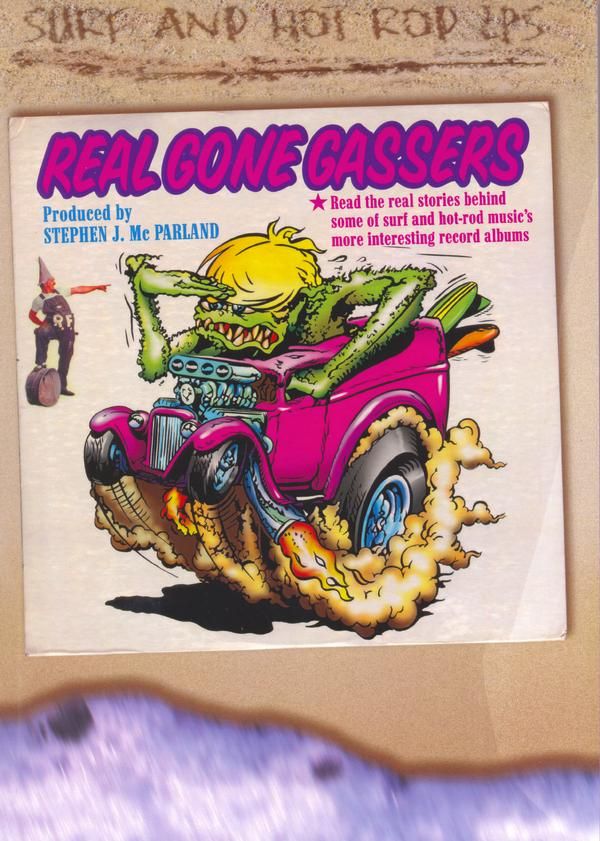
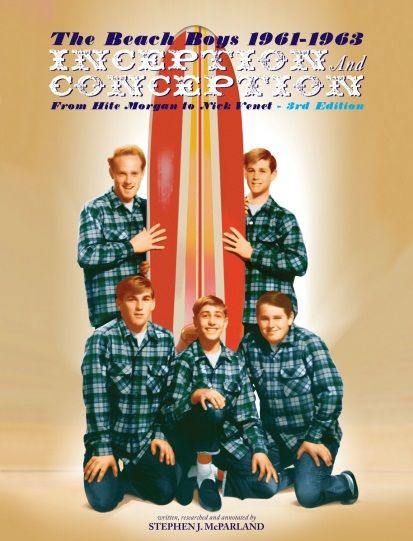
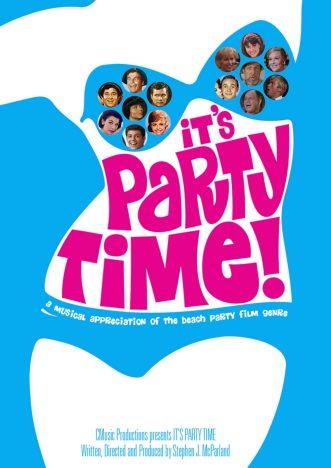
I’ve also covered the phenomenon of GIDGET – the films, books, the real people, the music, tv shows, etc, the Walker Brothers’ surf music dabblings before they went to the UK to become ‘60s superstars, the Bobby Fuller Four’s surf roots and story, including their leader’s murder in 1966, plus books on the BEACH PARTY film genres, BIKER film genre, the Beach Boys beginnings (INEPTION AND CONCEPTION with hitherto unknown facts debunking most of the “established” facts), Jan & Dean, the phenomenon of “studio groups”, etc, etc.
My only Australian contribution has been the WALTZING THE PLANK trilogy.My audience has NEVER been Australians, always overseas – Europe, Scandinavia, the U.K. and of course the USA. Very rarely have I ever been asked about Australia Surf Music by people from overseas. It is as though they do not even know it existed. Nonetheless, it most definitely was the second biggest after the USA.
Q – Can we jump back a bit to CALIFORNIA MUSIC MAGAZINE? This was mid-late ‘70s or so? I know there was definitely a revival of interest in the ‘60s Californian sound (and everything ‘60s really) around that point – writers like Greg Shaw in the States were really championing it, and bands like Flash Cadillac & The Continental kids had moved from the ‘50s to a 60s thing. Ol’55 same here to a degree – they did Beach boys, Jan & Dean, Fantastic Baggies etc. Were you in contact with those people? I think I remember seeing ads for the magazine in Greg Shaw’s Bomp! Magazine?
Greg was a great friend. Met up with him and Suzi a couple of times. Greg gave me copies of ALL his Bobby Fuller Four info.
California Music began I think in 1977 or 1978. I would drop little flyers in albums at some of Sydney’s import record shops of the time – I knew most of the guys.It started out as a stenciled copy, then photo-copied, then printed. I think I did over 90 issues. I also had Gonna Hustle You, a Jan & Dean magazine.
CM was really the first of its kind. No one was doing a similar thing in the states. There were of course isolated articles in Greg’s Bomp! and Gene Sculatti was doing the odd thing.
I covered all the early surf revival bands as they were just starting up in the early ‘80s. John Blair of John & The Nightriders has been a friend for 40 years. He and I have just finished the second edition of the ILLUSTRATED DISCOGRAPHY OF HOT-ROD MUSIC 1961-1965 which will be out before Christmas, covering all the USA hot-rod, car, drag, motorcycle related records from that period. John has published the ILLUSTRATED ENCYCLOPEDIA OF SURF MUSIC 1961-1965. It’s funny, I don’t have a car and I’m the “car” guy. John doesn’t surf (and has never surfed) and he’s the “surf” guy!
I met the Ol’ 55 guys because they did a Phil Sloan/Fantastic Baggies tune "Anywhere The Girls Are", a minor hit in Sydney.
Q - How did you end up becoming the world’s #1 expert on all this stuff ahead of guys who’d had it happen in their backyards so to speak? Especially in the pre-internet age?
I guess I’m considered an “expert” most likely because no one else has done as many books on the subject and as many liner notes for CDs as I have. But I am not that well-liked by the late comers in the USA because I’m not American and I’m writing about their music. “What would he know” is a phrase I’ve heard and read more than once. However, where were they 40 years ago!!!!!!! And I am the only one who has bothered to track the people down and get their stories rather than rely on other author’s (often not accurate) ramblings.
Q – Finally, what have been your best-selling books, and which ones do you feel are the most significant?
Best-selling is THE WILSON PROJECT. Most significant, THE WILSON PROJECT, my Usher and Sloan biographies, my book on the “birth” of the Beach Boys (INCEPTION & CONCEPTION), my GIDGET book, my BEACH PARTY films book (800 plus pages with over 6000 images) …. It’s hard to choose. They are like babies – hard call…
All of Stephen’s book are available as downloads here.
For further info on Stephen’s work visit https://cmusicbooks.wordpress.com/
- DL
All images courtesy Stephen J. McParland


